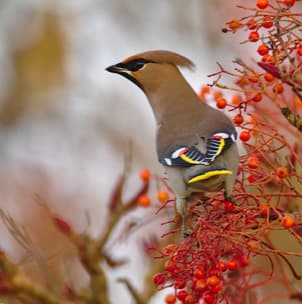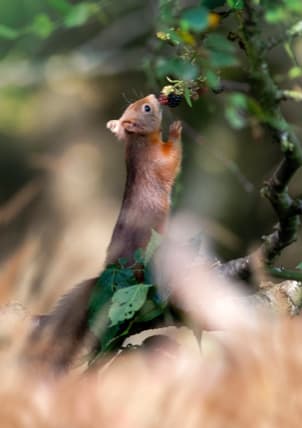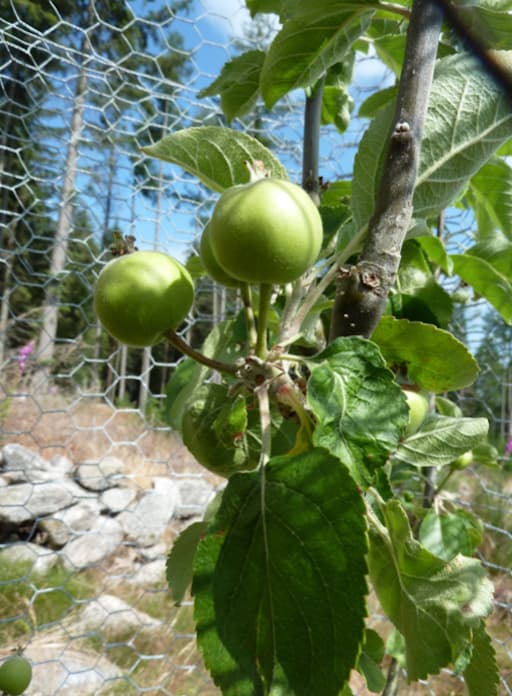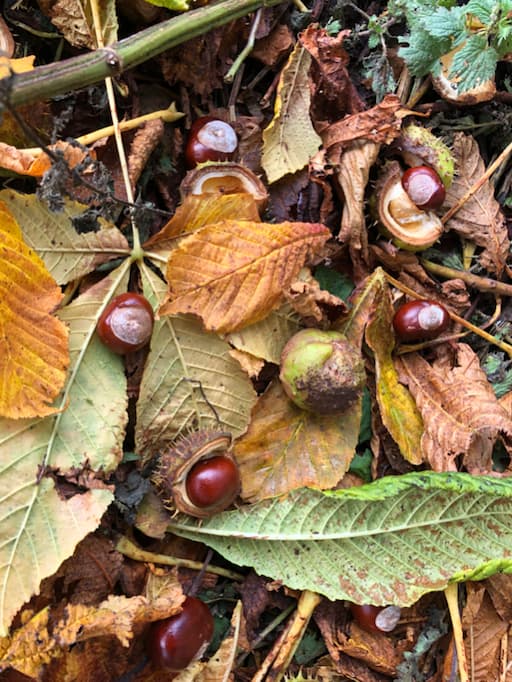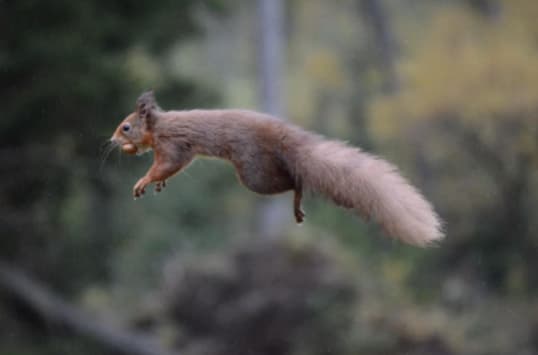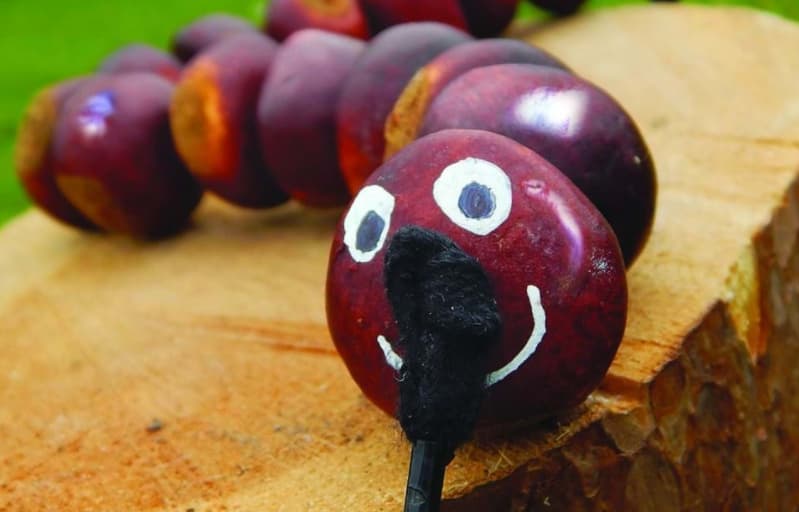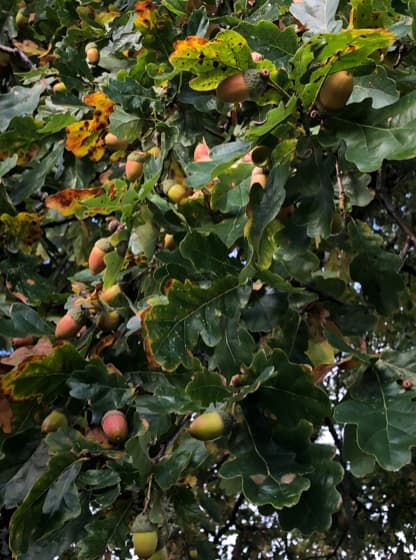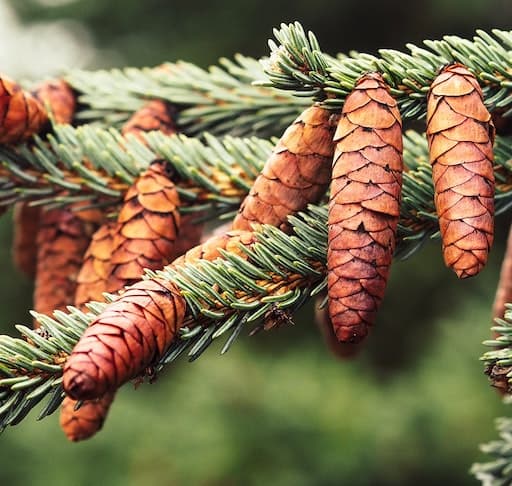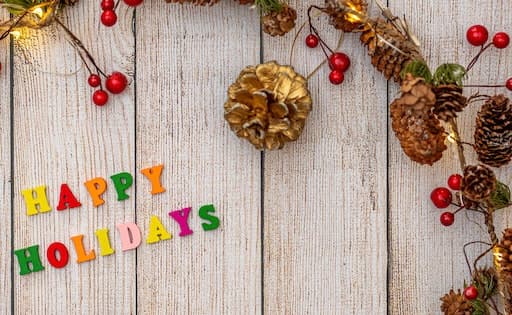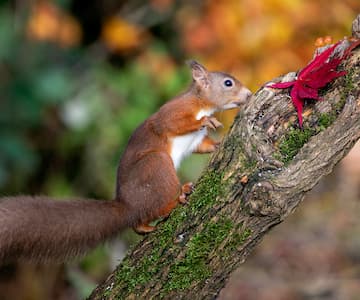Autumn Berries
Birds love berries and eat brambles, haws (hawthorn berries), rosehips, rowan berries and elderberries in winter.
The bright berries are easy for birds to see. They eat the juicy part of the berry but the seed comes out in the bird’s poo and often grow into new plants!
As you can see other animals love berries too!
Brambles are thorny shrubs that give us blackberries or brambles in the Autumn. These black berries are popular with birds and insects. Wood mice, squirrels badgers, pine marten and foxes love them too! Also see the Bramble section on the Woodland Trust web site.
Hawthorns (haws) - small birds like tits and thrushes love the berries of the hawthorn shrub. The spiky branches also protect them from predators. Also see the Hawthorn section on the Woodland Trust web site.
Holly - these gorgeous red berries can be seen from November-February,and are really important for birds in winter. Remember male and female holly flowers grow on different plants so when you see red berries on a holly tree is a female tree and if no berries it is a male – unless of course the birds have visited the tree before you get to see the berries! Also See the Holly section on the Woodland Trust web site.
Rowan - these lovely orange-red berries can be seen from August-January. Like many berry trees some caterpillars feed on them, as do birds like redwings, fieldfares, mistletoe thrushes, song thrushes, waxwings and blackcaps. Also See the Rowan section on the Woodland Trust web site.
Blaeberries - This is a deciduous shrub of low to medium height with light green oval leaves. It is found in dense carpet on the floor under Scots pine woodland. After flowering in the spring by mid-summer they produce an edible purple-bloomed black berry, with red juice. The leaves turn to shades of red and yellow in autumn, before dropping off. In winter the shrub is not so visible without its leaves but if you look carefully you will still find some of the small berries on the plant.
Some people think that the Picts (painted or tattooed people) could have used the purple fruits to stain and colour their skin!
